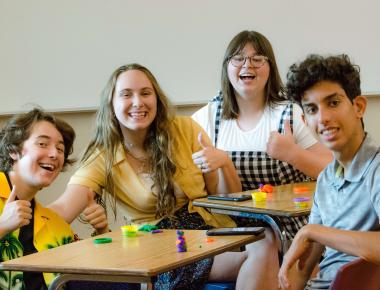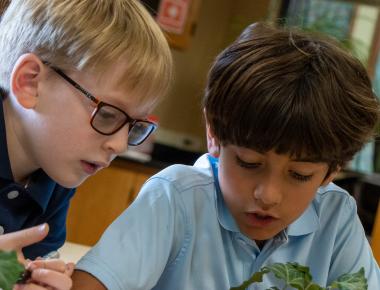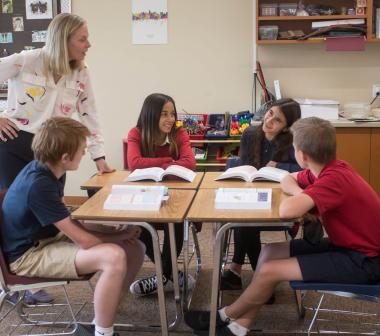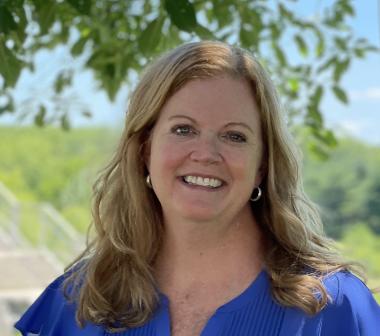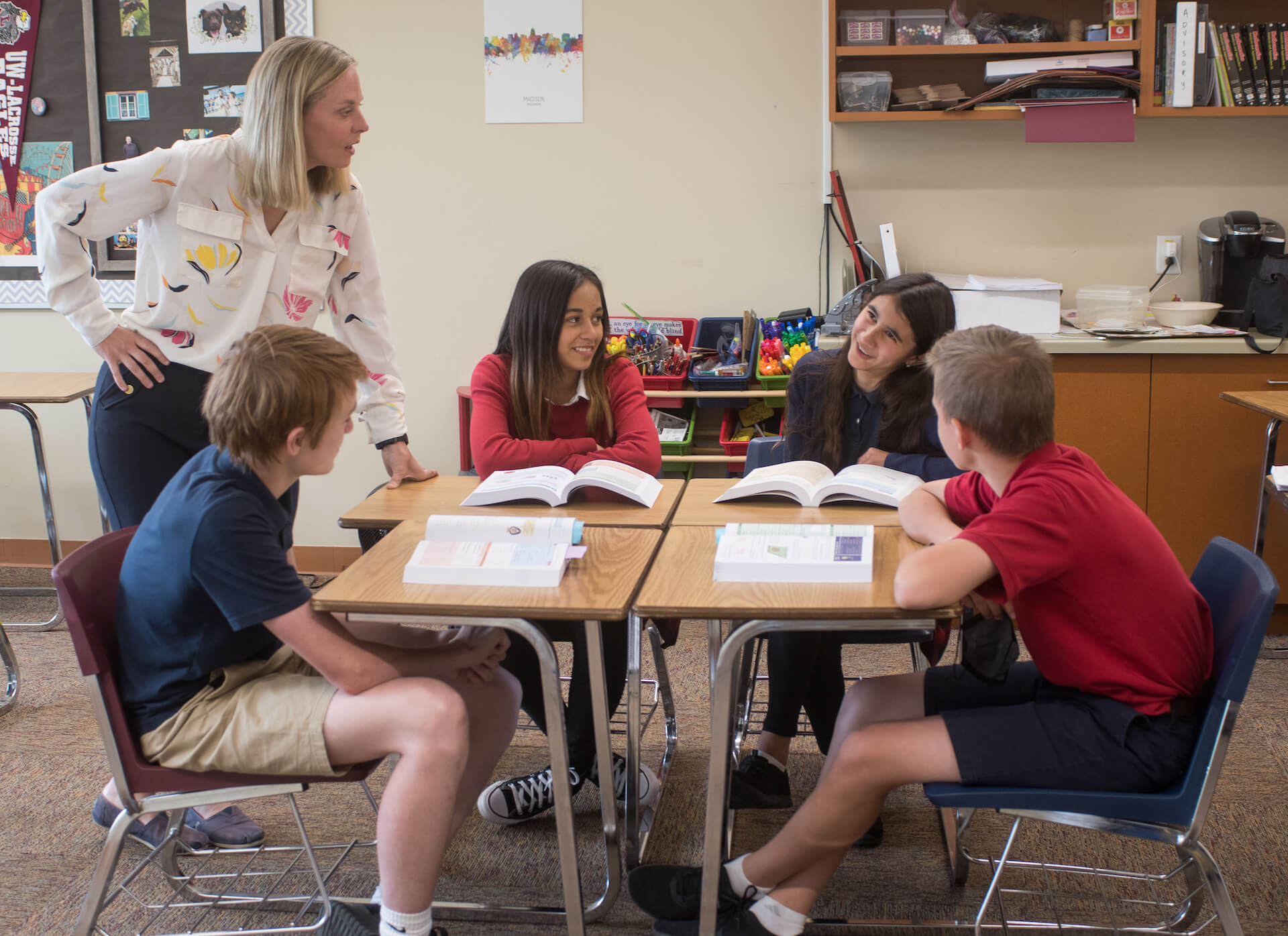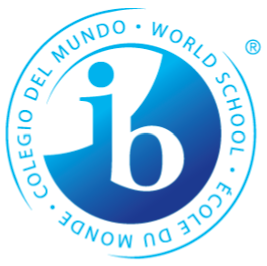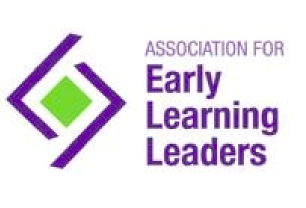by Abby Asmuth ’22
In a fourth grade classroom, Jonathan ’30 leads class, eagerly sharing his math inquiry project. Inspired by the class’s discussion of decimal long division, Jonathan works to complete an infinite decimal division problem. Taping together five sheets of paper, he divides up to twenty-seven zeros. His classmates watch curiously, engaging with questions at the end of his showcase.
At MCDS, students do not simply learn math. They do not memorize formulas or plug numbers into equations. Rather, at MCDS, students develop into well-rounded mathematicians. According to Math Department Chair Allison Dickman, “Well-rounded mathematicians can think critically, investigate complex patterns, communicate clearly, and solve real life problems.”
In an increasingly STEM-oriented world, an excellent, comprehensive math education is more important than ever. Accordingly, in recent years, the MCDS Math Department has closely examined the program and made several enhancements, developing an approach that integrates rather than separates different mathematical concepts and includes pathways for differentiated learning based on student needs. Every curriculum used in the math classrooms was carefully chosen to develop conceptual understanding and encourage critical thinking. “Our math program is designed to develop mathematicians by providing them with a strong math foundation,” says Head of School Mark Brooks.
As MCDS implements the International Baccalaureate Primary Years Programme (PYP) and Middle Years Programme (MYP), the math department has made the shift to IB learning as well. Taking advantage of small class sizes, students are fully known by their math teachers, which enables them to ask questions, clarify their understanding, and thrive in the classroom and beyond as well-rounded mathematicians.
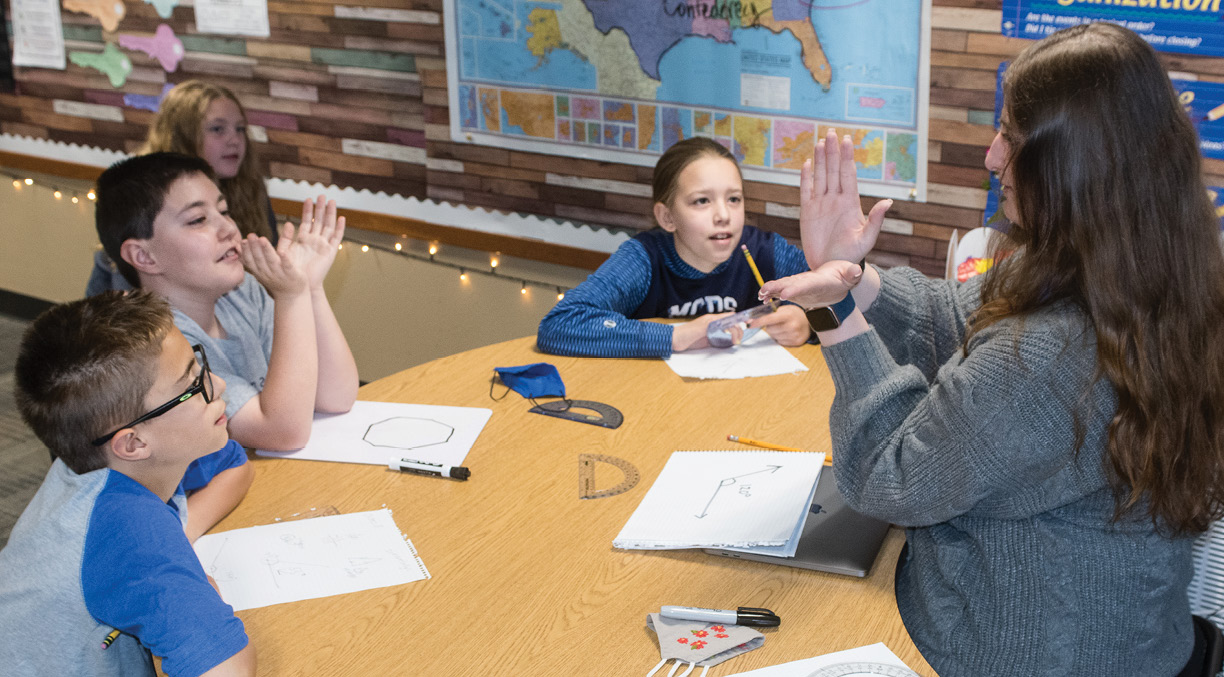
Foundational Learning with Singapore Math
The lower school math program forms the foundation of well-rounded mathematicians by fostering a thorough understanding of key concepts, a tenacity for challenge, and a curious questioning of why. Why is a concept useful? How is it applicable in the real world? Much of this foundation comes from the math curriculum of choice: Singapore Math. As Lower School Math Coordinator and fourth grade teacher Zoe Lolis describes, “It’s a type of curriculum that really goes more into making the kids understand why we learn something, rather than trying to hit up as many math topics as possible in a year.”
“An integrated math program unites analytical and creative thinking, which helps students to develop a deeper understanding of the content, rather than just touching the surface.”
—Allison Dickman,
Math Department Chair
Singapore Math is based in transitioning learning from concrete to pictorial to abstract. Students start with tangible representations of mathematical situations, such as using blocks to depict addition and subtraction. Through these concrete models, students physically manipulate the real world, enabling them to make connections between their reality and math’s more theoretical ideas. From there, students transition to pictorial understanding, creating their own bar models and diagrams to represent equations. With this, students are taking control of their learning, no longer using the tools of the teacher but creating conceptual tools of their own. Finally, students are able to comprehend the abstract: solving and manipulating equations. With this sequence, Singapore Math empowers lower school students with a thorough understanding of math’s core concepts.
On a day-to-day basis, lower school math teachers use the workshop model. Students start the day with a warmup: a challenge or skill review to activate the students’ minds and prepare for the day’s learning. Then comes the mini-lesson, which either teaches a new skill or reviews an old one. Once the mini-lesson is complete, the majority of the day’s class is devoted to independent work time. Finally, to end each day, the class comes back together to check answers, share work, or complete a group challenge problem.
Most importantly, the workshop model embraces differentiated learning. During independent work time, teachers work with students one-on-one, helping students with their individual needs and challenges.
The emphasis on differentiated learning continues with the math enrichment program. On a regular basis, PYP Coordinator Kristina Luedkte pulls a few students out of each lower school math class. “The math enrichment program was started at MCDS as a way to provide enrichment for lower school students looking and ready for more challenges in math,” describes Ms. Luedtke. In math enrichment, students apply math skills with games and engage in lessons that deepen understanding of class content.
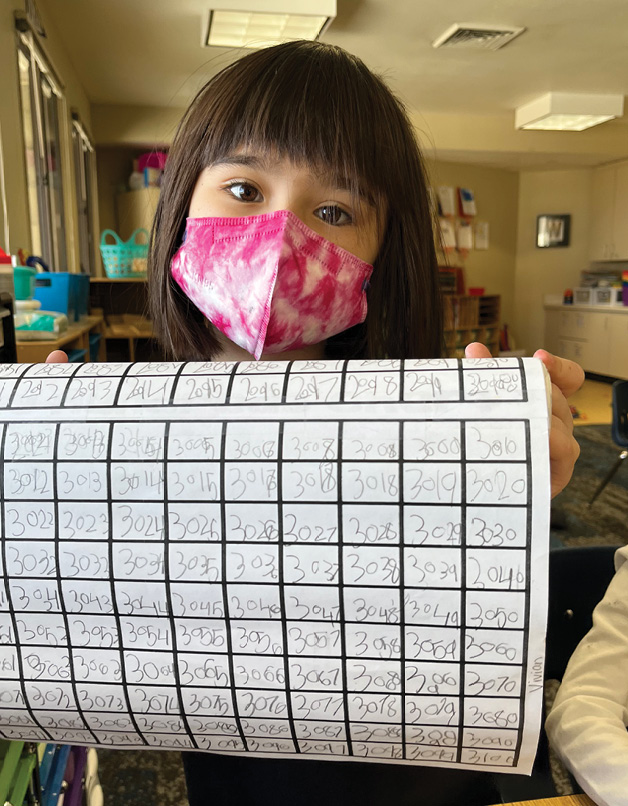
As the PYP has been woven into lower school learning, the math department has embraced IB principles, which emphasize becoming well-rounded students and individuals. Ms. Lolis explains, “I always like to refer to the IB learner profile when activating certain skills. For example, if I know it’s going to be a tough day, I’ll set the expectations that ‘today we need to be open-minded, and we need to be risk takers, because I’m going to show you something, and it might be tough, and that’s okay.’”
Throughout all divisions, programs, and courses, IB challenges students to apply their conceptual understanding to more difficult problems. Lower school math accomplishes this through math inquiry days. “We want to leave the workbook,” Ms. Lolis explains, “so once a week, we take a math inquiry day and do group math puzzles.” These inquiry problems range from Einstein logic puzzles to fraction challenges. Every math inquiry day encourages students to think creatively, developing the critical thinking that will set them up for success in future years. “Once they’re used to taking risks, they’ll really be successful when it comes to any type of academic subject at MCDS,” says Ms. Lolis.
Growing Skills & MYP
From middle school to tenth grade, MCDS students journey through MYP math. Similar to lower school PYP math, MYP math fosters well-rounded mathematicians by encouraging critical thinking, exploring integrated math, and embracing differentiated learning.
“The MYP is a framework in which students learn how to represent information, explore and model situations, and find solutions to familiar and unfamiliar problems,” explains Allison Dickman. This is best seen through the IB criteria, which assess students in different categories of learning: knowledge and understanding, investigating patterns, communicating, and applying mathematics in real life contexts. While the first two are typical for a math course—assessing if students can understand the content and successfully complete problems–the second two criteria are more unique to IB. Through these criteria, MYP math and the MCDS math department develop well-rounded mathematicians who can thoroughly communicate their ideas and apply them to the real world.
For instance, in eighth grade, students explore these criteria with an urban planning project. Taking on the role of city planners, students use their knowledge of linear equations, parallel and perpendicular lines, and the midpoint and distance formulas to argue whether a modern city—Roanoke, Virginia—would benefit from building a cable car system. They calculate where the cable cars should be built and use math to form and defend their opinions of how much the cable car system could help reduce traffic.
Much like in lower school, this project—and others like it—encourages students to leave the workbook, leave the theoretical, and engage their skill with real-world scenarios. Not only do these projects further engage students with class content, but they teach students how math interacts with the world around them, instilling the necessary curiosity and understanding to become well-rounded mathematicians.
“I came to MCDS absolutely hating math, and now I feel comfortable enough to major in economics in college.”
—Kate ’22
MYP math also starts students on MCDS’ course pathways system. The pathways were designed with differentiated learning in mind, built to challenge and engage students of all skill levels.
In fifth grade, every student takes IB Math 1, the only universally required math course. The class is split into two sections: standard and extended. At the beginning of each unit, students take a placement test and the sections are reassigned. For instance, if a student excels at percentages, they will be placed in the extended level, where they learn at a faster pace with more demanding content. Conversely, if that same student has more difficulty with statistics, they will learn at the standard level, which works at a manageable pace to ensure thorough grasp of the concept. This system simultaneously provides extra support for some students and more challenge for others. By having all fifth grade students in the same course, all students can build a strong foundational understanding of the MYP criteria and methodologies.
From sixth grade on, MCDS offers three course options for each grade, including extended offerings at grade level and grade advancement. (See Math Pathways graphic on the MCDS website for more details.) These flexible course options cater to the needs of students at varying skill levels of math.
All MYP courses embrace integrated math: learning math disciplines in tandem, rather than separately.
“Changing to an integrated math program was no small task, but most definitely an important one,” Ms. Dickman explains. “An integrated math program unites analytical and creative thinking, which helps students to develop a deeper understanding of the content, rather than just touching the surface. Several connections can be made between algebra and geometry, so why teach them separately?”
Middle school “mathletes” can also engage in the MathCounts extracurricular program. MathCounts is a nationwide competition, providing challenge videos, difficult problem sets, problems of the week, and an in-person competition. “During my first year at MCDS I saw a need for an extracurricular math program because we had students who were looking to further challenge themselves,” says Ms. Dickman. MCDS participates in the Wisconsin Southwest Chapter. This past school year, one student advanced to the state-level competition and took fifth place overall.
Once competition season is over, the mathletes continue to engage with mathematics, planning a Pi Day event and a middle school family math night. “I really enjoyed creating the Pi Day celebration,” shared Will ’27. “In groups, we picked a math related game that we would have to lead for about 30 minutes. First we learned how to explain the rules to an audience, then we initiated the game, and then we helped people figure out the final answers if they did not. It was really fun and we got to eat pie at the end. I'm really glad I got to participate in MathCounts!”
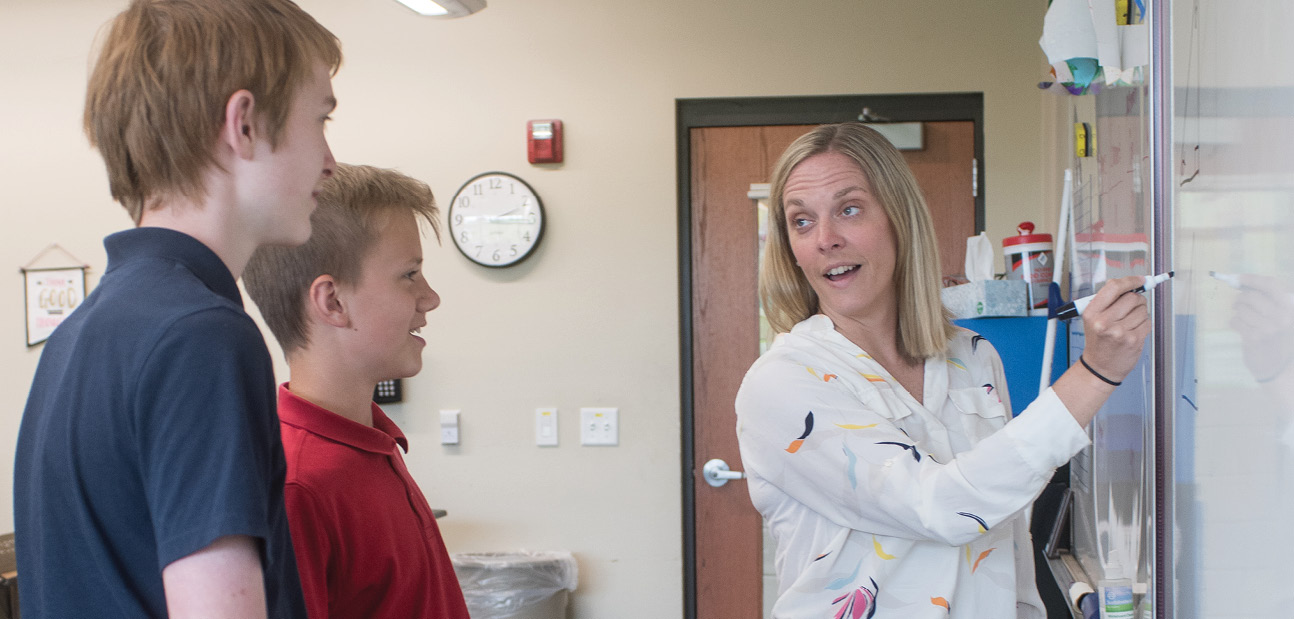
Thinking Critically in High School Math
At the high school level, students spend their first two years in MYP and their final two years in IB Diploma Programme (DP) classes. Whether seeking the IB diploma, IB certificates, or the MCDS diploma, all students complete a two-year math course.
The pathways from MYP continue, with MCDS students engaging in three class offerings: standard level Applications and Interpretations, standard level Analysis and Approaches, and higher level Analysis and Approaches. Standard level and higher level courses are a facet of the IB diploma education. Students select three to four subjects to pursue in more depth at the higher level, while their other courses are taken at the standard level. Though students are empowered to choose the level of math they wish to engage with, no matter the course, they are in an inquiry-based classroom that encourages critical thinking and fosters well-rounded individuals.
To break these courses down, all of MCDS’s DP math offerings give students a basis in calculus, advanced algebra, geometry, statistics, and probability. The courses are all integrated, forming connections across mathematical disciplines. Class sizes average around 10, empowering students to fully engage, ask questions, and receive support from their teachers. Each class requires students to complete an independent research project, the Internal Assessment (IA), which teaches students how to complete complex math and communicate their ideas. (See the Independent Projects & Research sidebar for more details.)
The Applications and Interpretations course is the least intensive of the three, and it emphasizes mathematics in applicable contexts and modeling. Conversely, the Analysis and Approaches courses include more theoretical math and emphasize the ability to construct, communicate, and justify mathematical arguments. The higher level Analysis and Approaches course requires more class time, and includes more in-depth content, such as vectors and advanced calculus.
For Kate ’22, standard level Applications and Interpretations was the perfect course. “Learning math in IB Applications and Interpretations helped me to apply it to my interest in economics: the huge concentration on statistics was especially helpful,” Kate explains.
To learn more about economics, Kate wrote her Internal Assessment on the correlation between GDP and theme park revenue. “Mrs. Greer was incredibly helpful and supportive throughout this process,” says Kate. “I came to MCDS absolutely hating math, and now I feel comfortable enough to major in economics in college.”
No matter the course students select, they leave MCDS fully prepared for university and beyond. IB Math courses—especially at the highest level—can offer significant university credit as well. “The biggest takeaway for MCDS mathematicians is that they learn how to think critically and solve complex problems,” Ms. Dickman says. “Universities are looking for students who are well-rounded individuals and can think critically, and the DP program does just that.”
from Onward magazine, Vol. 17 (Fall 2022–2023)




